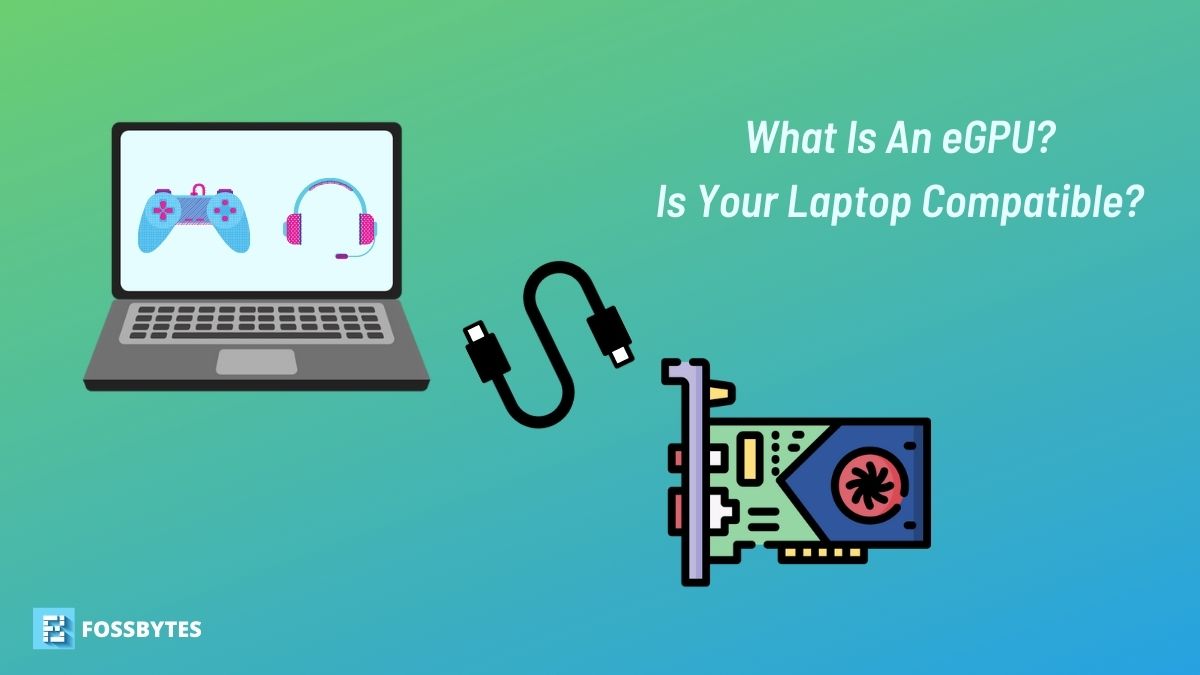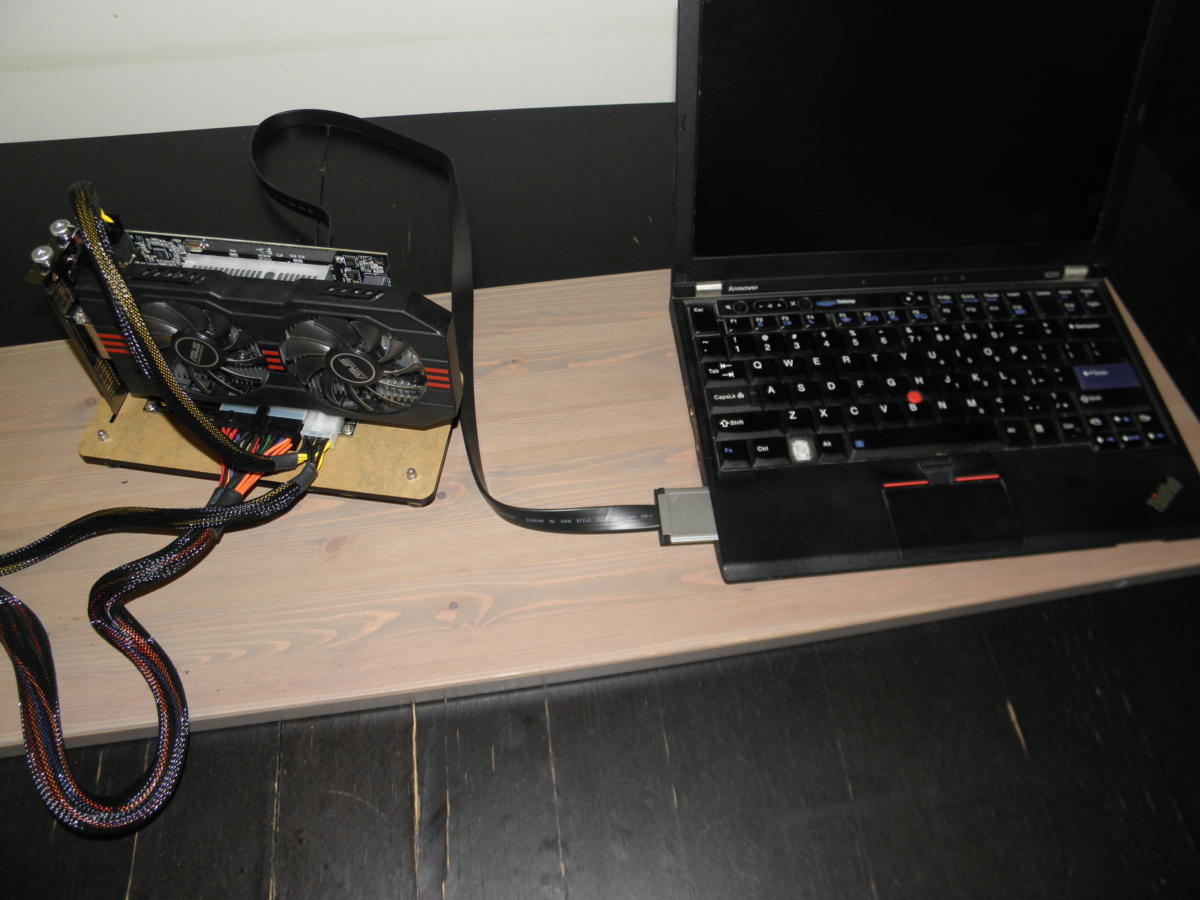
How to Setup an External Graphics Card on A Laptop Without Taking it Apart (Keep WiFi Card) - YouTube

Amazon.com: Razer Core X Chroma Aluminum External GPU Enclosure (eGPU): Compatible with Windows & MacOS Thunderbolt 3 Laptops, NVIDIA /AMD PCIe Support, 700W PSU, 4x USB 3.1, 1x Gbit Ethernet, Chroma RGB,





















